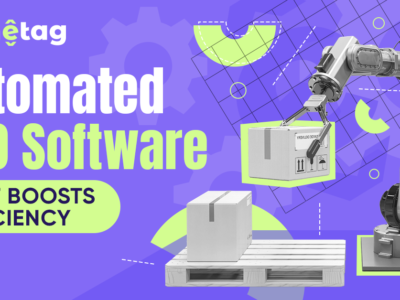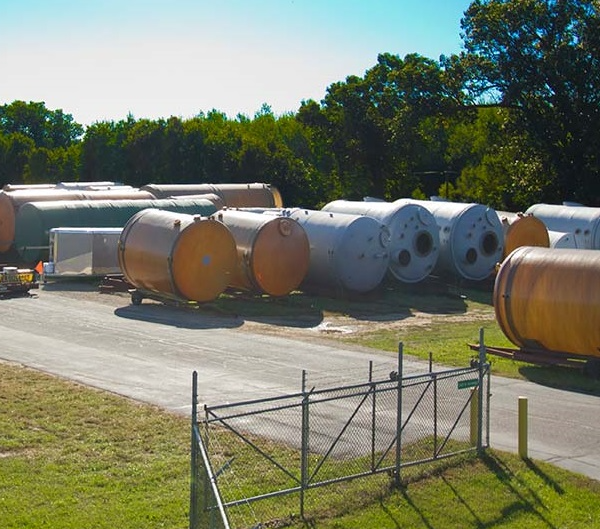
In today’s manufacturing landscape, where precision and durability are paramount, laser marking on plastic has emerged as a revolutionary technique. Polymer products, ranging from automotive components to medical devices, rely on laser marking for intricate designs, product identification, and brand logos. This blog post delves into the world of laser marking on plastic, exploring its applications, benefits, and the intricacies of the process.
Introduction to Laser Marking on Plastic
Laser marking on plastic involves using a high-energy laser beam to alter the surface of plastic materials, creating permanent marks without compromising the integrity of the substrate. Unlike traditional marking methods such as printing or etching, laser marking offers unparalleled precision and permanence. This technique is widely adopted across various industries due to its versatility and ability to meet stringent quality standards.
Applications of Laser Marking on Plastic
The versatility of laser marking on plastic makes it suitable for a wide range of applications across industries. In the automotive sector, plastic components such as dashboard panels, buttons, and trim pieces are often marked with serial numbers, barcodes, or manufacturer logos for traceability and branding purposes. Similarly, in the electronics industry, laser marking is used to mark plastic enclosures, connectors, and circuit boards with essential information like model numbers and safety certifications.
In the medical field, laser marking plays a crucial role in ensuring the safety and traceability of plastic medical devices and equipment. Surgical instruments, syringes, and implantable devices are often marked with identification codes, expiration dates, and batch numbers using laser technology. These permanent marks withstand sterilization processes and harsh environmental conditions, maintaining crucial information throughout the product lifecycle.
Benefits of Laser Marking on Plastic
The adoption of laser marking on plastic offers several advantages over conventional marking methods. One significant benefit is the precision achievable with laser technology. The focused beam allows for intricate designs, tiny text, and high-resolution graphics, ensuring clear and legible marks on plastic surfaces. This precision is especially valuable in industries where small components require detailed marking for identification and quality control.
Another advantage of laser marking on plastic is its durability and resistance to wear and tear. Unlike ink-based printing or adhesive labels, laser marks penetrate the surface of the plastic, creating a permanent bond that withstands abrasion, chemicals, and UV exposure. This durability ensures that the marked information remains intact throughout the product’s lifespan, enhancing traceability and brand integrity.
The Process of Laser Marking on Plastic
Laser marking on plastic follows a precise and controlled process to achieve accurate results. The process begins with selecting the appropriate laser system and parameters based on the type of plastic, desired mark quality, and production requirements. Next, the plastic substrate is prepared by cleaning the surface to remove any contaminants that could affect the marking quality.
Once prepared, the plastic material is placed in the laser marking machine, where a focused laser beam interacts with the surface to create the desired mark. The intensity, speed, and focus of the laser beam are adjusted to achieve the desired mark depth, contrast, and clarity. Advanced laser systems may incorporate features such as autofocus and dynamic marking to adapt to variations in surface topography and ensure consistent marking quality.
After marking, the plastic components may undergo post-processing steps such as cleaning or annealing to further enhance the mark’s durability and readability. Quality control measures, including visual inspection and barcode verification, are employed to validate the marking accuracy and compliance with industry standards.
Advanced Applications of Laser Marking on Plastic
While the automotive, electronics, and medical sectors have long embraced laser marking for product identification, newer industries are discovering its potential. In the aerospace industry, for example, laser marking is utilized for marking plastic components in aircraft interiors, ensuring compliance with safety regulations and enabling efficient maintenance procedures. Additionally, the burgeoning field of consumer electronics sees laser marking employed for branding and customization on plastic casings, providing a unique and personalized touch to devices.
Moreover, the integration of laser marking with additive manufacturing processes opens up exciting possibilities in the production of complex plastic parts. Additive manufacturing technologies such as 3D printing allow for the creation of intricate geometries that traditional marking methods struggle to address. Laser marking complements these processes by offering precise, non-contact marking on 3D-printed plastic components, enabling the seamless integration of identification codes, logos, and functional markings.
Environmental Considerations and Sustainability
In an era marked by increasing environmental awareness, laser marking on plastic aligns with sustainability goals by minimizing waste and environmental impact. Unlike traditional marking methods that rely on consumables such as inks or adhesives, laser marking produces minimal waste and emissions. Additionally, the ability to mark plastic components with permanent, non-toxic marks eliminates the need for disposable labels or coatings, further reducing the environmental footprint of manufactured products.
Furthermore, laser marking supports the recyclability of plastic materials by facilitating the separation and identification of different polymer types. By marking plastic components with recyclability symbols or sorting codes, manufacturers contribute to the efficiency of recycling processes, ensuring that plastic waste is properly managed and repurposed. This emphasis on sustainability underscores the holistic benefits of laser marking on plastic, beyond its immediate technical advantages.
Innovations in Laser Marking Technology
As technology continues to advance, so too does the landscape of laser marking on plastic. Innovations in laser sources, optics, and control systems enhance the capabilities and efficiency of marking processes. For instance, the development of ultrafast laser systems enables high-speed marking with minimal heat-affected zones, ideal for delicate plastic substrates or heat-sensitive materials. Similarly, advancements in laser beam shaping and modulation techniques enable the creation of complex, multi-layer marks with enhanced readability and durability.
Moreover, the integration of artificial intelligence (AI) and machine learning algorithms into laser marking systems enhances automation and quality control. AI-powered vision systems can analyze marking results in real-time, detecting defects or deviations from specifications and adjusting marking parameters accordingly. This proactive approach not only improves marking consistency and quality but also reduces the need for manual intervention, streamlining production processes and increasing throughput.
Conclusion: Embracing the Future of Laser Marking on Plastic
In conclusion, laser marking on plastic continues to revolutionize the manufacturing landscape with its precision, permanence, and sustainability. From advanced applications in aerospace and consumer electronics to its pivotal role in additive manufacturing and environmental stewardship, laser marking proves its versatility and adaptability across industries. As technological innovations drive further improvements in marking quality, speed, and automation, the future of laser marking on plastic appears brighter than ever, promising enhanced efficiency, sustainability, and innovation in the years to come.
Also know Engraving Excellence: Unveiling the Precision of Laser Marking










